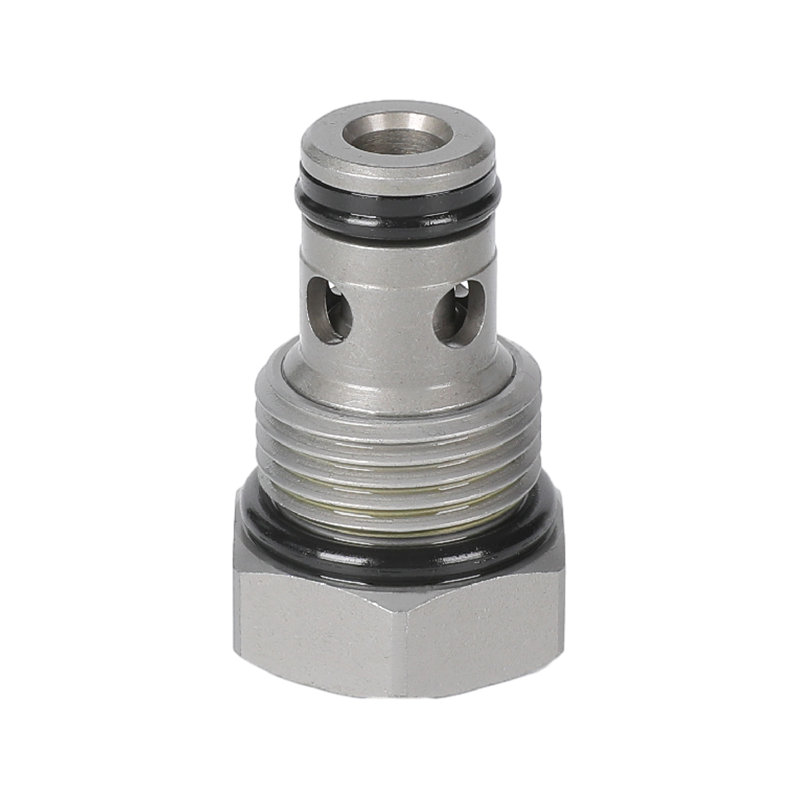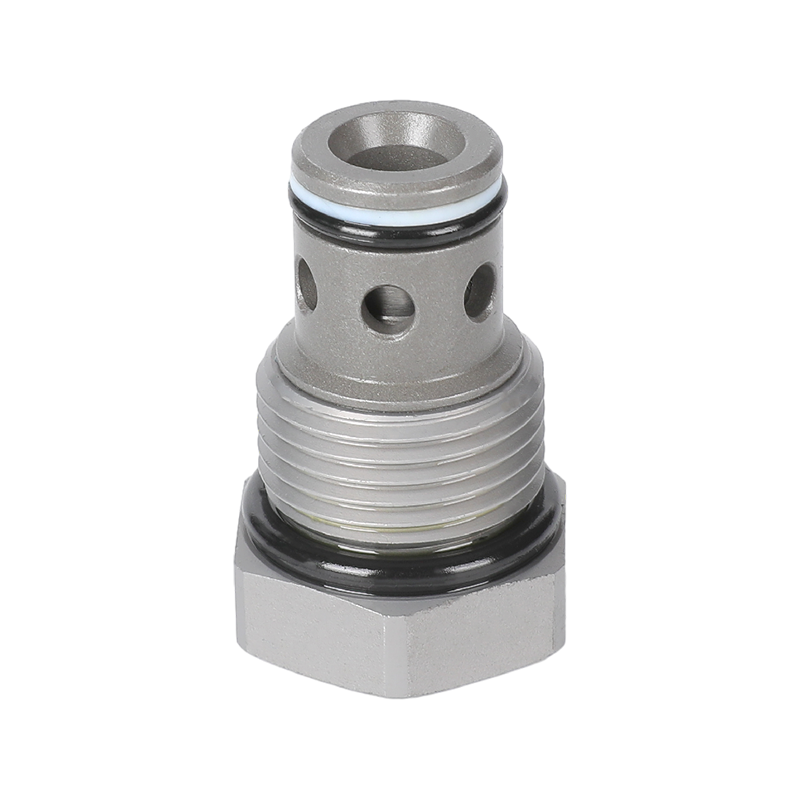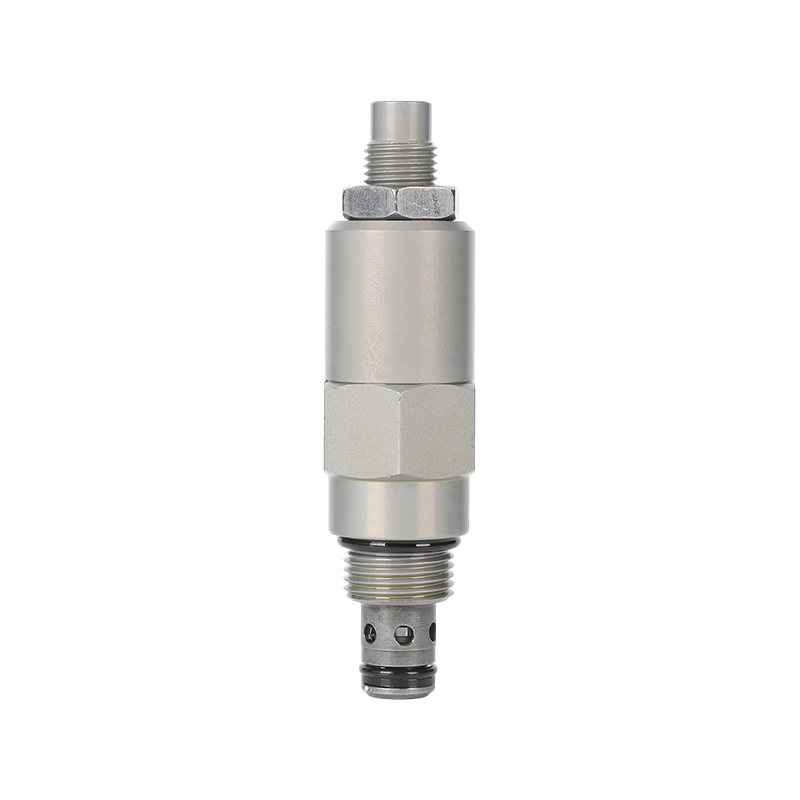1. Achieve efficient fluid distribution and optimize system operation
In the HVAC system, chilled water or hot water needs to be evenly distributed to different air conditioning terminal equipment, such as fan coils, air handling units or floor heating circuits. The diverter valve achieves precise control of the flow direction of the fluid through the complex internal flow channel design and valve body structure.
This precise distribution avoids the high or low temperature in some areas caused by uneven flow, ensures the balance of the overall system temperature, and improves the comfort of the indoor environment.
The Diversion Valves automatically adjusts the flow according to the load changes, reduces the energy waste of the system, and thus greatly reduces the operating costs. For example, when the load in a certain area decreases, the diverter valve will automatically reduce the water flow in that area, distribute more media to the area with higher demand, and improve the system efficiency.
2. Improve the stability and safety of the system
The diverter valve can effectively buffer the pressure fluctuations caused by the rapid change of flow in the pipeline system, and avoid the occurrence of liquid hammer (water hammer). Liquid hammer will not only cause pipeline vibration and affect the normal operation of the equipment, but may also cause pipeline rupture or damage to connecting parts.
The diverter valve design ensures the one-way flow of the medium in the system, prevents backflow problems, and avoids sudden changes in equipment load or even failures caused by fluid backflow. For example, when multiple devices are running in parallel, the diverter valve can stably distribute pressure to prevent a certain backflow from affecting the balance of the entire system.
Through this balanced control of pressure and flow, the system runs more smoothly, the equipment life is extended, and the safety is significantly improved.
3. Simplify system design and pipeline layout
In traditional HVAC systems, in order to achieve fluid distribution, a complex combination of multiple valves is often required, resulting in complex pipeline intersections, increasing installation difficulty and construction costs.
The diverter valve integrates multiple valves into one by integrating multi-way fluid distribution functions, greatly reducing the length of the pipeline and the number of connection points.
Its compact structural design not only saves installation space, but also makes system maintenance and repair more convenient, greatly improving construction efficiency.
The system pipeline design with integrated diverter valve is more intuitive, which is helpful for the debugging and fault diagnosis of the pipeline system.
4. Adapt to various control methods and support intelligent management
Modern diverter valves are generally equipped with electric actuators and intelligent control units, which can be seamlessly connected with building automation systems (BAS) or building energy management systems (EMS) to achieve remote monitoring and automatic adjustment.
Through real-time data feedback from temperature sensors, flow sensors, etc., the control system can accurately adjust the opening of the diverter valve to meet the temperature and flow requirements of different areas and achieve dynamic load balancing.
This intelligent control not only improves the system response speed and adjustment accuracy, but also optimizes the system operation parameters through big data analysis to achieve energy conservation and emission reduction.
For example, the air conditioning water flow is automatically adjusted according to the density of people on different floors of the office building to improve comfort while reducing energy consumption.
5. Extend equipment life and reduce maintenance costs
The reasonable allocation of diverter valves can reduce pressure fluctuations and vibrations in the system, avoid sudden impact loads on the equipment, and fundamentally reduce mechanical wear.
The life of key equipment such as pumps, heat exchangers, and valves is thus extended, reducing the risk of downtime and maintenance costs caused by equipment failure.
The diverter valve has a simple structure, is easy to disassemble and maintain, and has a long maintenance cycle and low cost.
Compared with multi-valve combination systems, diverter valves reduce the number of pipes and connectors, reduce the risk of leakage, and improve the overall reliability of the system.
6. Brief description of application cases
In large commercial complexes, diverter valves are used to centrally control the distribution of hot and cold water, realizing independent adjustment and load balancing of air-conditioning systems on each floor.
Office buildings use diverter valves in conjunction with intelligent control systems to automatically adjust the flow of cold water according to the density of people in the office area, reducing unnecessary energy consumption.
In industrial plants, diverter valves ensure accurate heat supply in the equipment area, avoid heat waste and improve the stability of the production environment.
These cases fully demonstrate the great advantages of diverter valves in energy saving, comfort and system stability.

 English
English русский
русский
 ++86-0575-87669088
++86-0575-87669088


